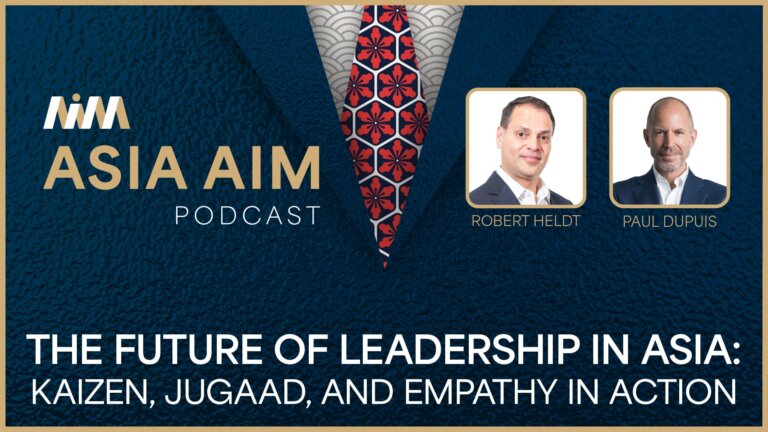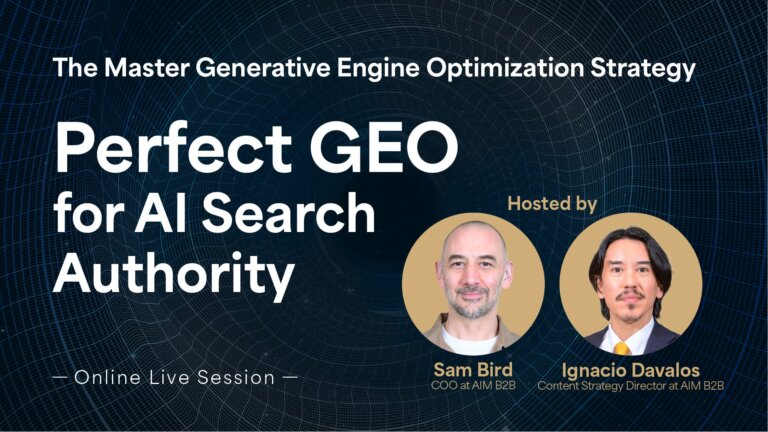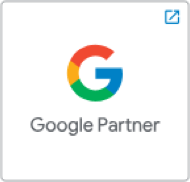- Blog
・ September 26, 2025
GEO: How To Position Your B2B Agency As An AI Search Authority
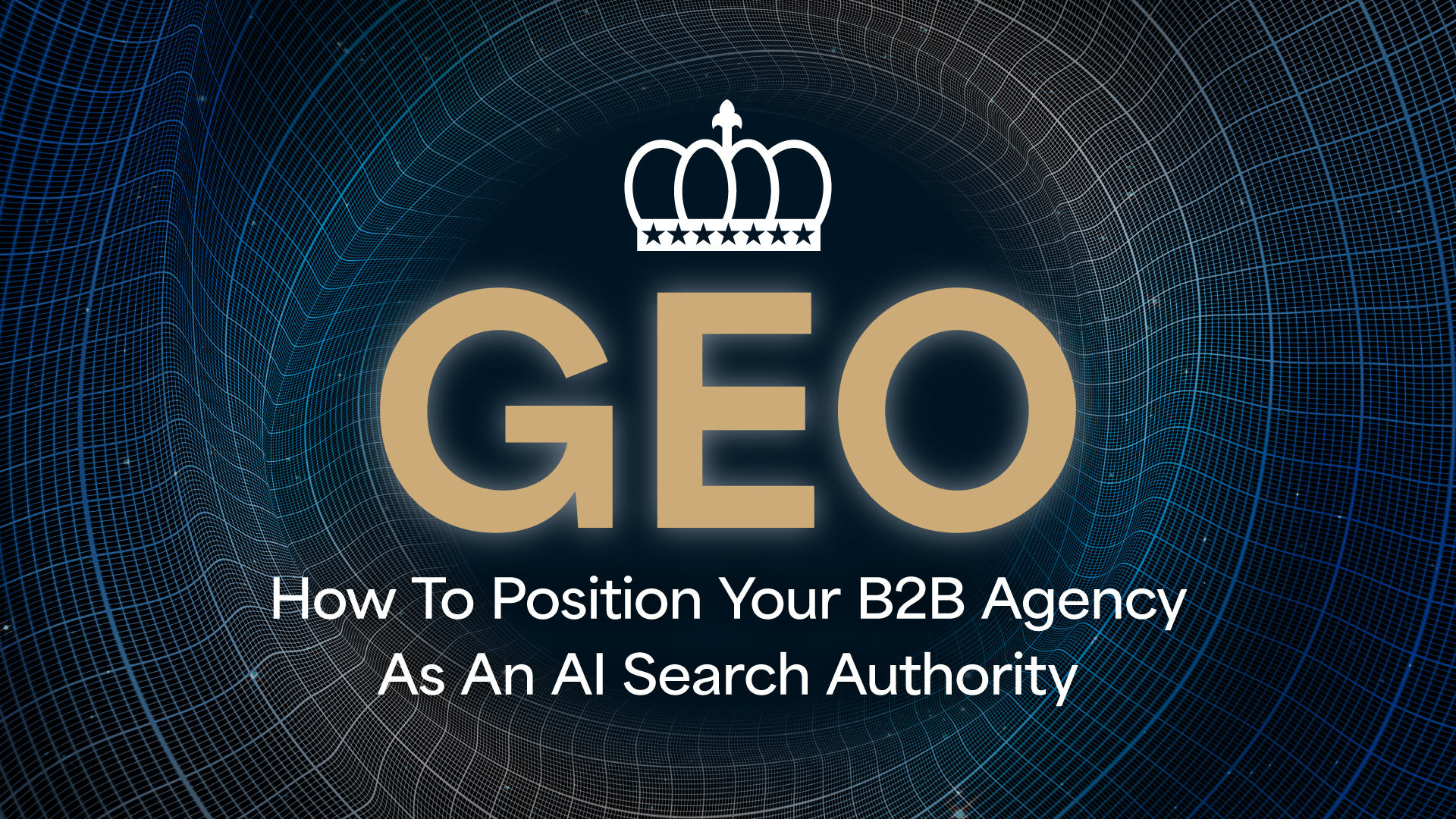
The B2B marketing landscape is undergoing a radical transformation with Generative AI at the forefront. With Google’s AI Overviews and the rising use of large language models (LLMs) to synthesize search results, search engine optimization’s (SEO) rules are being rewritten. For B2B agencies, simply offering SEO is quickly becoming obsolete. The new mandate is Generative Engine Optimization (GEO), and the time to stake your claim as an authority is right now.
At AIM B2B, we recognize this shift is not a threat, but a big opportunity for agencies to move beyond commodity services and secure high-value, strategic contracts. Our clients are no longer just asking “Where do we rank?” They’re asking, “Are we visible in AI search?” This requires a new plan that blends technical GEO strategy with a unique, trust-based approach.
What is the GEO Playbook for Establishing B2B Authority?
The fundamental difference between old SEO and new GEO is simple: Classic SEO aims for clicks on search engines while GEO aims for citation and synthesis in the AI answer. This means optimizing not just for keywords, but for the complex, long-tail prompts that B2B decision-makers use to find solutions.
Phase 1: How Does the AI Visibility Audit Become a New Sales Tool?
The first step in positioning your agency as a GEO authority is leading with a high-impact, actionable audit. This audit immediately turns a vague “traffic is an issue” conversation into a specific, measurable strategy.
We use the following steps to perform this audit, positioning AIM B2B as a strategic partner, not a tactical vendor:
- Select B2B Prompts: Focus on the critical, complex questions your ideal client’s buyer persona would ask (e.g., “What are the compliance requirements for deploying an enterprise SaaS solution in the EU?”).
- Audit the Generative Engines: Systematically check Google’s AI Overviews, Bing Copilot and other LLM-powered search tools.
- Assess Status: Determine if the prospect is Highly Visible (named and cited), Partially Visible (content used, brand missing) or Absent.
Phase 2: Why Must B2B Content be Optimized for AI Extraction and Speed?
Generative engines prioritize two things: Speed and Context Window. This is where technical GEO meets B2B content strategy.
- Answer-First Content Structure: B2B content can no longer bury the lead. The first one or two sentences on your key product and solution pages must contain a direct answer. This drastically reduces “time to first token” and increases the chance of AI citation.
- Entity Clarity: AI models require unambiguous signals. Your content must clearly and consistently define product names, solution categories and core specs. Use precise Schema markup to help the AI map your client’s entities to the right industry concepts.
The Japanese Advantage: How Does Precision and Trust Enhance GEO?
To provide an original, value-added perspective, we at AIM B2B integrate the meticulous standards of the Japanese business world into our GEO practice. This approach focuses on quality and long-term partnership, elevating our services above short-term transactional fixes.
1. How is Kaizen (Continuous Improvement) Applied to GEO?
In the West, technical SEO is often treated as a one-time project. In Japan, the principle of Kaizen—continuous, incremental improvement—is paramount. For B2B GEO, this means constant monitoring and refinement of Entity Clarity. The AI landscape changes daily.
Our GEO maintenance involves:
- Regular auditing of how AI engines are citing the client’s brand.
- Micro-adjustments to high-value pages to align with new generative engine behaviors.
- Protecting brand sentiment by monitoring how the AI describes the client and proactively correcting the underlying source content if the tone is off.
This commitment to meticulous, ongoing maintenance builds an enduring, stable authority.
2. What Does Shokunin (Master Craftsmanship) Mean for Comparison Coverage?
B2B buyers live in the comparison phase, and the AI is their research assistant. The Japanese concept of Shokunin—a master artisan committed to perfection—guides our approach to competitive content. Instead of defensive, biased blog posts, we create honest, well-structured comparison coverage that the AI trusts.
- Focus on Differences: We publish straightforward tables that highlight only the essential functional differences potential buyers ask about.
- Objective Structure: We ensure the content is easily scannable and fact-checked, demonstrating an authoritative, objective view of the market.
This highly structured, honest content is what an AI is most likely to synthesize and cite when answering a prompt like “Compare Client Product vs. Competitor X,” positioning the client as a definitive, trusted source.
3. Why is the Long-Game Essential for GEO Partnership?
Unlike short-term campaign focus, Japanese business is founded on long-term relationships and mutual growth. We apply this to GEO by framing it as a permanent strategic layer to the client’s marketing infrastructure.
- Measurable Authority: Our reporting doesn’t stop at website traffic. We measure and showcase the increase in named brand mentions and the growth of competitor share loss within the AI Overviews.
- Strategic Alignment: By focusing on the core GEO fixes (entity mapping, content clarity and speed), we build a foundation that benefits all digital initiatives—from sales enablement to Account-Based Marketing (ABM).
Our role shifts from being an outsourced service provider to an essential partner ensuring the future-readiness of their entire digital presence.
FAQ
How is Generative Engine Optimization (GEO) different from Classic SEO?
Classic SEO focuses on optimizing pages to rank highly so a user will click a link and visit your website. GEO focuses on optimizing content so an AI search engine will synthesize and cite your brand or product directly within its AI Answer or Overview.
What is ‘Entity Clarity’ and why is it important for B2B brands?
Entity Clarity is the process of using clear, consistent language and structured data (Schema markup) to explicitly define your products, solutions and core specifications for an AI model. This eliminates ambiguity and drastically improves the chances that the AI will correctly map your brand to the relevant industry concepts.
Can GEO benefit our Account-Based Marketing (ABM) strategy?
Yes, GEO is a permanent strategic layer that benefits all digital initiatives. By ensuring high Entity Clarity and Answer-First structure, you are preparing the exact information that sales enablement teams need and that targeted accounts will encounter when they use AI for preliminary research.
Conclusion
The future of B2B search is generative. Agencies that continue to push classic SEO alone will be left behind.
By mastering the technical demands of GEO and infusing your service delivery with the unique strategic depth of the Japanese market—prioritizing:
- Kaizen: Continuous Entity Maintenance
- Shokunin: Master Craftsmanship in Objective Comparison Content
- The Long-Game: Strategic, Enduring Partnership
your agency can establish itself as a true AI Search Authority. This is the path to higher retainer values, greater client retention and an unassailable position in the B2B marketplace.To discuss your B2B GEO strategy and begin a strategic partnership, contact AIM B2B.
Share
Author
Category
- Strategy
- Branding
